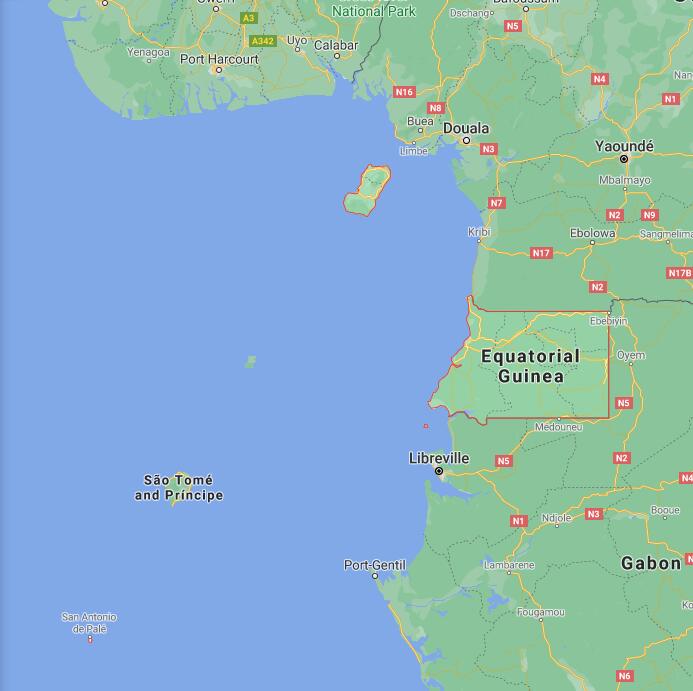
In 2003, Equatorial Guinea was a small Central African country with a population of around 500,000 people. It had a GDP of $2.5 billion and its economy was heavily reliant on oil and gas production. The country was under authoritarian rule, having been governed by President Teodoro Obiang Nguema since 1979.
According to computergees, Equatorial Guinea had made some progress towards economic growth and social equality but overall progress was slow due to limited resources and lack of foreign investment. The political landscape in 2003 was dominated by President Teodoro Obiang Nguema who had implemented several reforms to promote economic growth and social equality.
Despite its authoritarian regime, freedom of speech and press were restricted due to strict censorship laws and surveillance practices. Additionally, access to free education and healthcare services were limited due to lack of resources but some progress had been made towards providing more access for citizens. Economic growth was further hindered by corruption, poor infrastructure, high levels of inequality, and lack of access to international markets.
Yearbook 2003
Equatorial Guinea. According to Countryaah.com, Equatorial Guinea Independence Day is October 12. The government was reformed in February and several new parties were allocated ministerial posts. In practice, however, all these parties were already closely allied with the government. The only significant opposition party, the Social Democratic Assembly, rejected the offer of participation in a unifying government as long as its secretary-general Placido Mico Abogo sat imprisoned. He was one of 31 opposition politicians who were sentenced in 2002 to long prison sentences for alleged involvement in a coup attempt. In August, Mico Abogo was pardoned and released, which was seen as a first small step toward reconciliation following the highly-criticized presidential elections of 2002.
A border conflict sailed up with Gabon since Gabonese forces landed on the small island of Mbagne in the Bay of Corisco just outside the two countries’ common border. Equatorial Guinea claimed that the island has been claimed since the colonial era, while the Gabonese government marked its claim on Mbagne by sending a delegation of leading politicians and military to the island, whose surroundings are believed to contain large oil deposits.
EQUATORIAL GUINEA
At the 1983 census the residents were 300,000, up to 417,000 according to a 1990 estimate. The capital, formerly known as Santa Isabel, located on the island of Bioko (formerly Fernando Poo), was renamed Malabo.
The country is going through a moment of serious crisis and is having to reconvert its economic structure, which suffered a real collapse during the period of the dictatorship of F. Macías Nguema, dismissed in 1979. Estimates of the World Bank attribute to the country a per capita income of less than $ 450: while GDP increased at an average annual rate of 0.8% in the 1980s, per capita income decreased on average by 0.5% per year, in real terms.
Virtually absent from industry, the economy is still entirely agricultural, based on three commercial products (coffee, cocoa and timber) destined for exports. Local consumption is directed by the production of sweet potatoes, cassava, oil palm and coconut, which however are not enough to make the country self-sufficient in terms of food. Another decent resource of the country is represented by precious wood (especially okoumé), whose exports increase regularly: in 1989 the production was 607,000 m 3. Fishing, practiced by foreign companies, contributes to the formation of the gross national product to the extent of 10%. Electricity production, modest until a few years ago, is now around 27 million kWh.
The railway is missing; the roads do not exceed 2,760 km and are only 12% asphalted. Two airports are active, in Malabo and in Bata.
Republic of Equatorial Guinea Brief Guide
According to AbbreviationFinder, Equatorial Guinea is a state in Central Africa. Its neighbors are Cameroon and Gabon. The country consists of the islands of Bioko (formerly Fernando Po) and Annobón, as well as the Río Mun region on the mainland. The capital Malabo is on the island of Bioko.